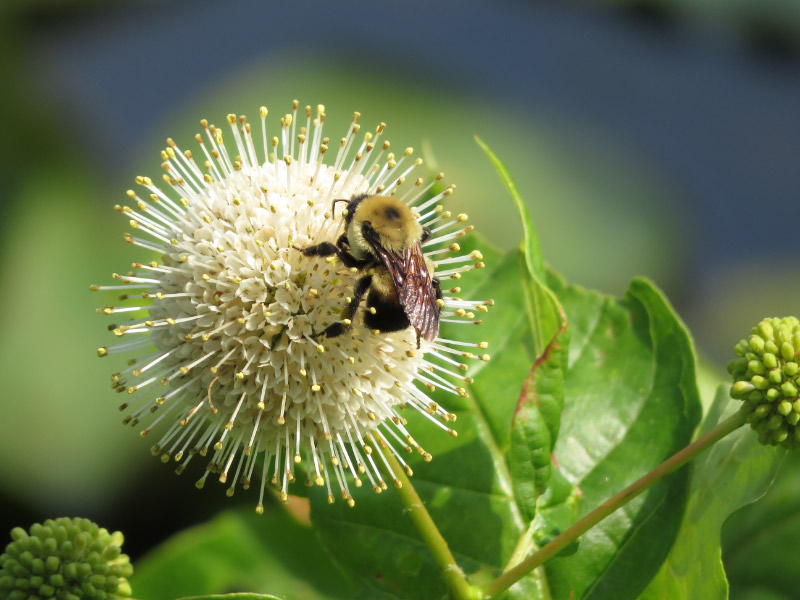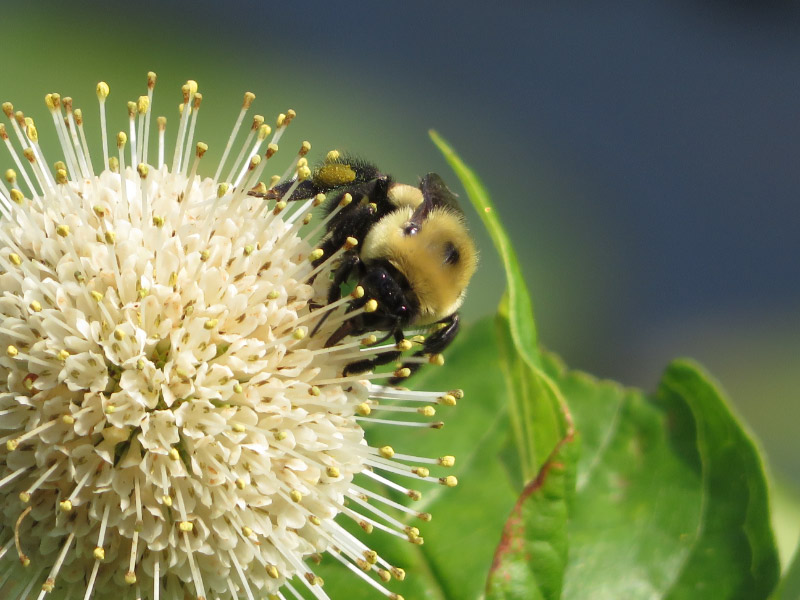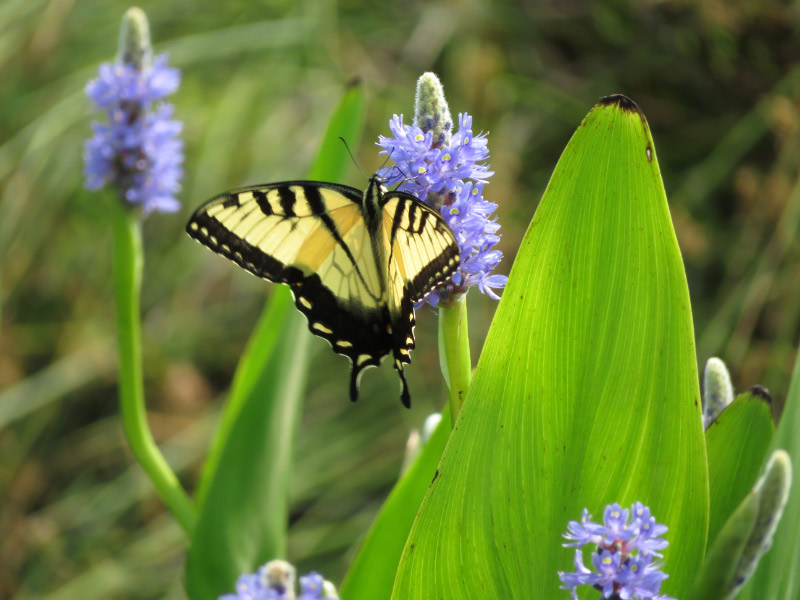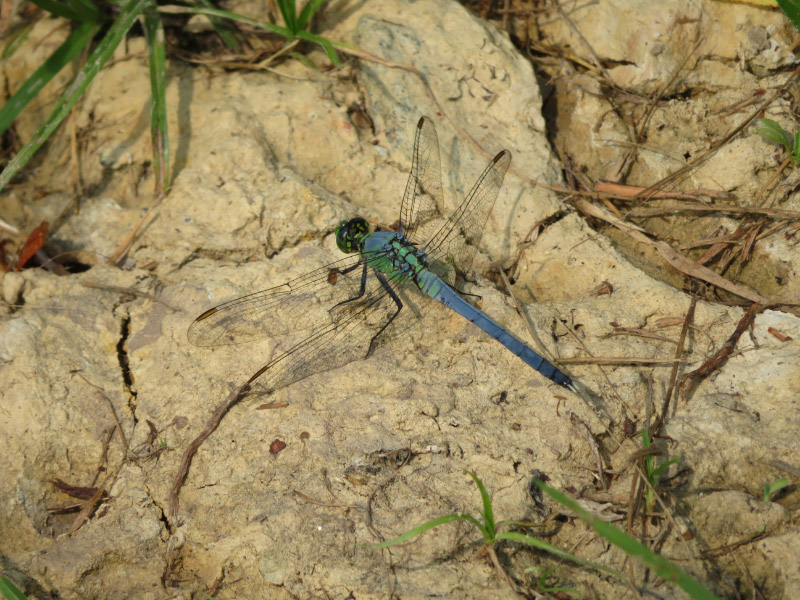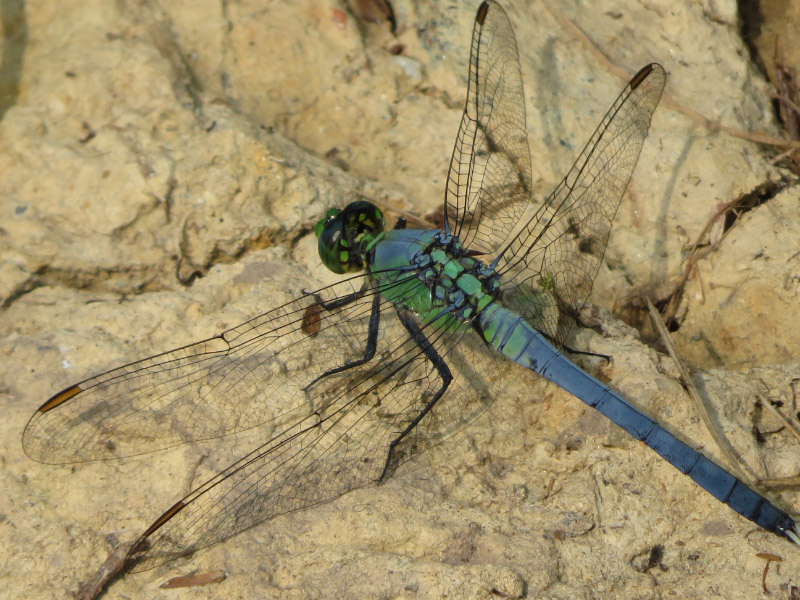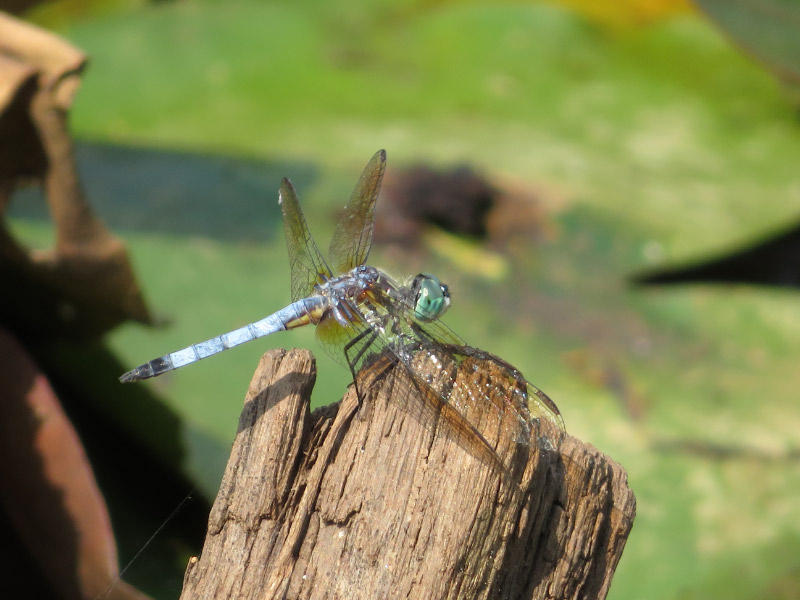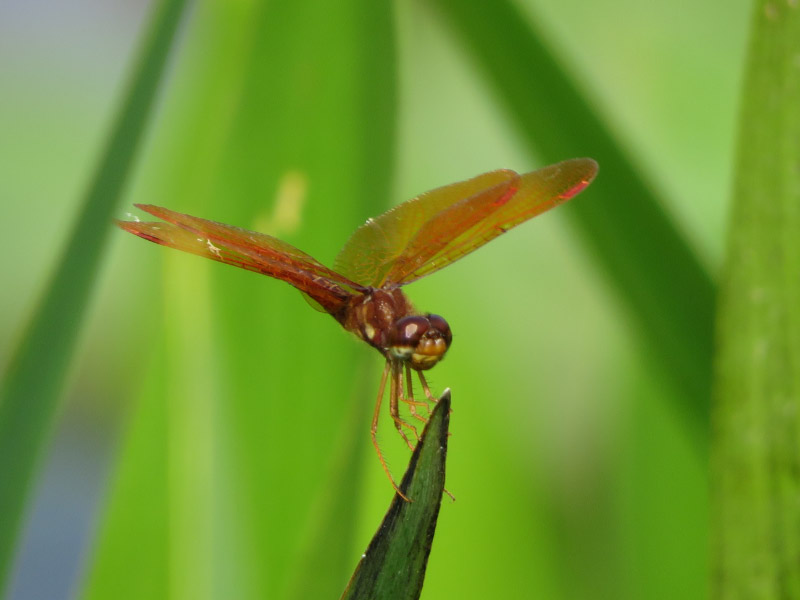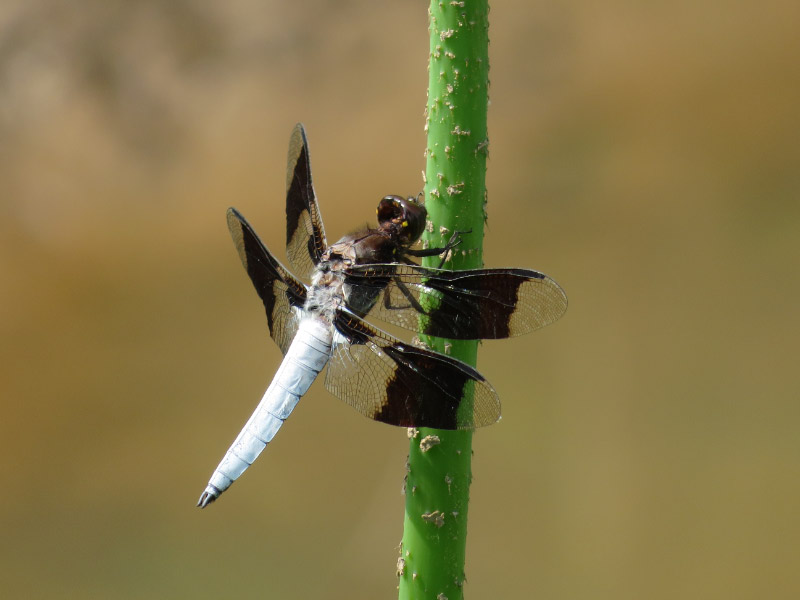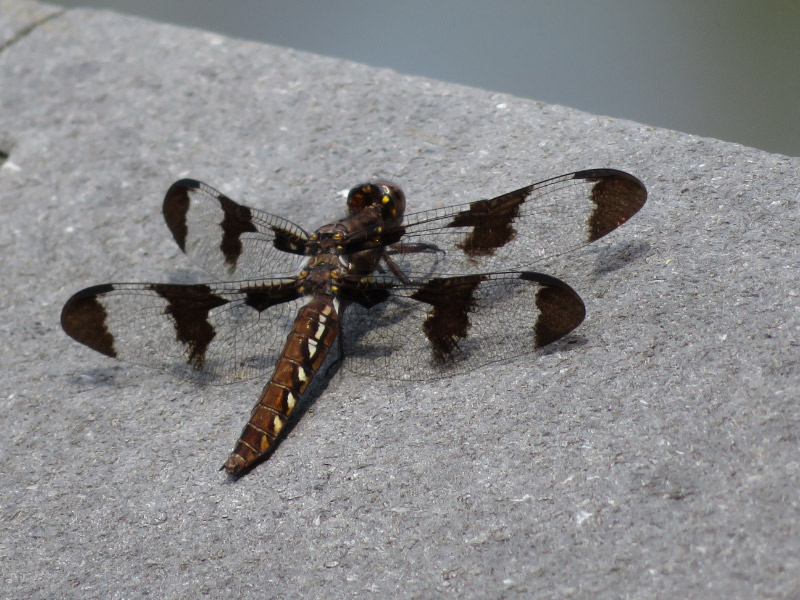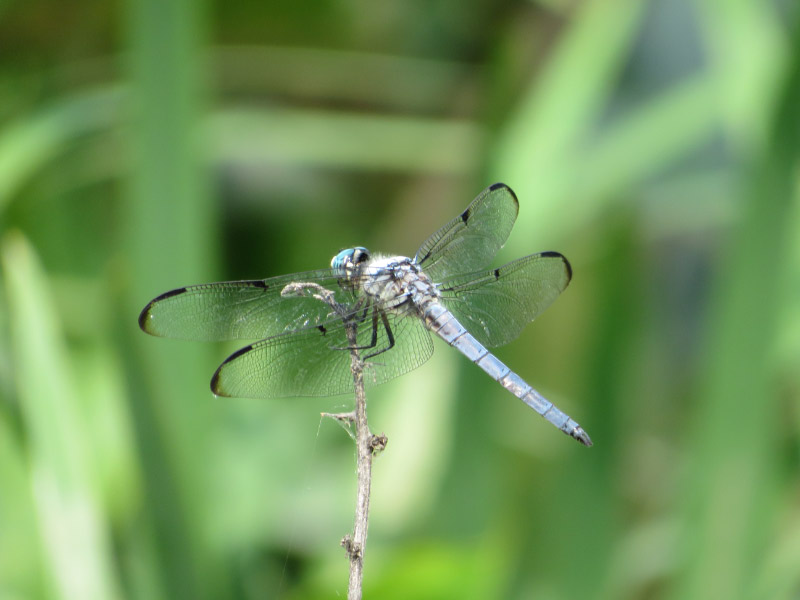Blooming Buttonbush
/I couldn’t resist the alliteration…it matched the status of the buttonbushes around the ponds at Kenilworth Aquatic Gardens when we were there last week. I took a series of pictures that show various stages of the spherical inflorescence that is covered with white flowers.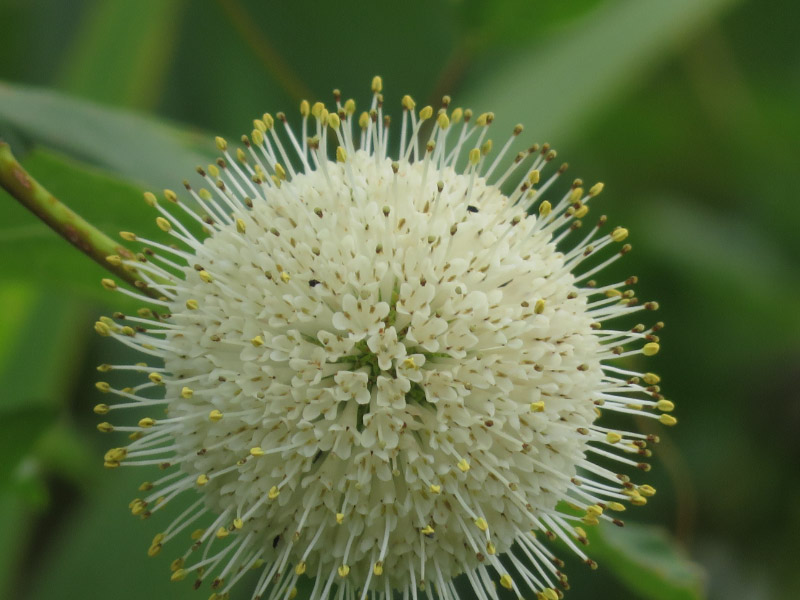
It’s hard to photograph one without bees when it is in the white flower stage!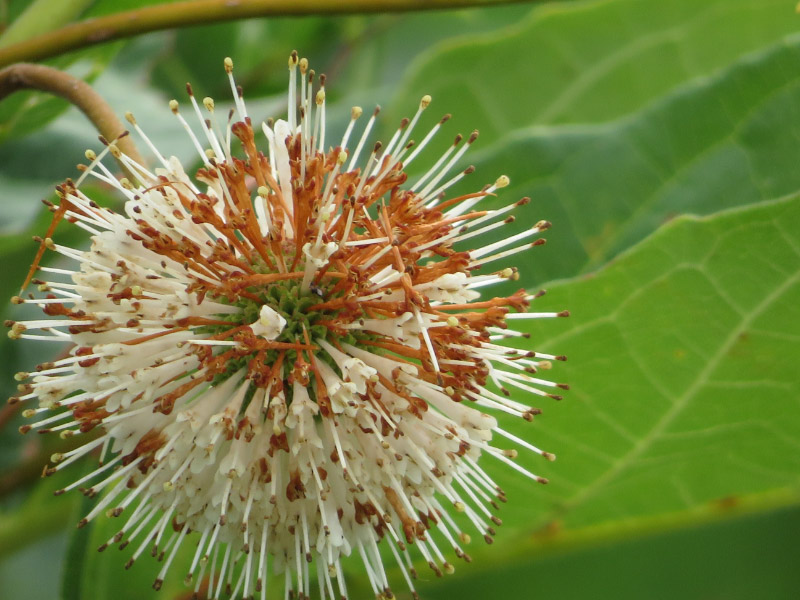
The color change as the flowers get fertilized and the fruit begins to form is appealing…white to white and brown with a green background to pinkish tinge on the surface of the ball.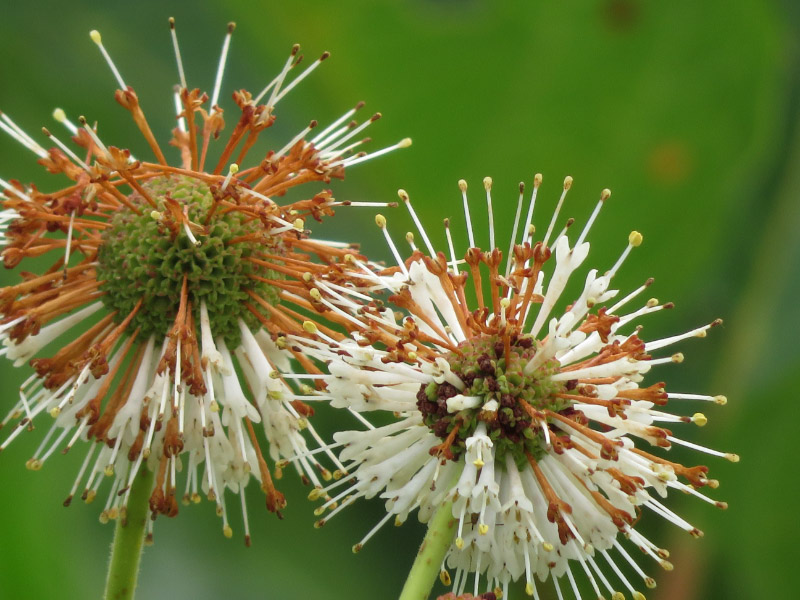
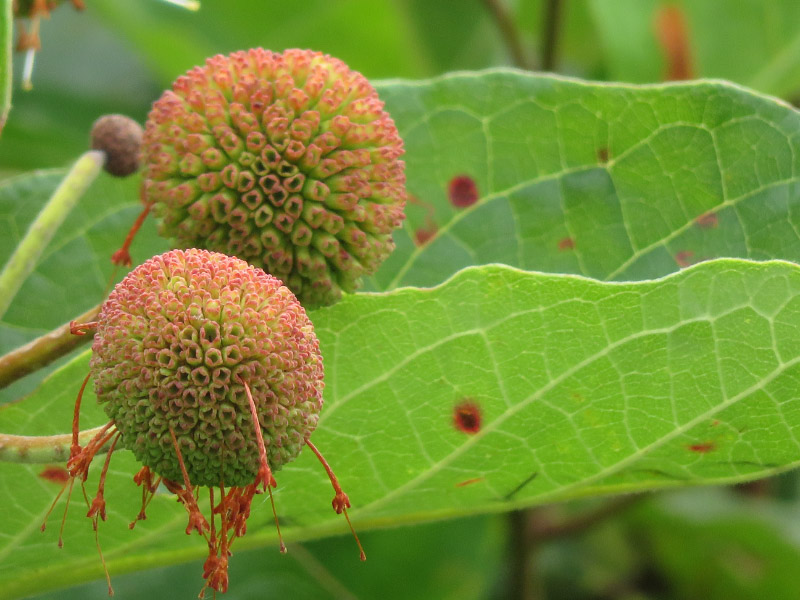
Buttonbush is native to Maryland and is something I might plant if I had an area suitable for it to thrive. I don’t think the woods behind my house is wet enough for buttonbush…or the deer would browse it into oblivion. I’ll enjoy it every time we visit Kenilworth instead.

